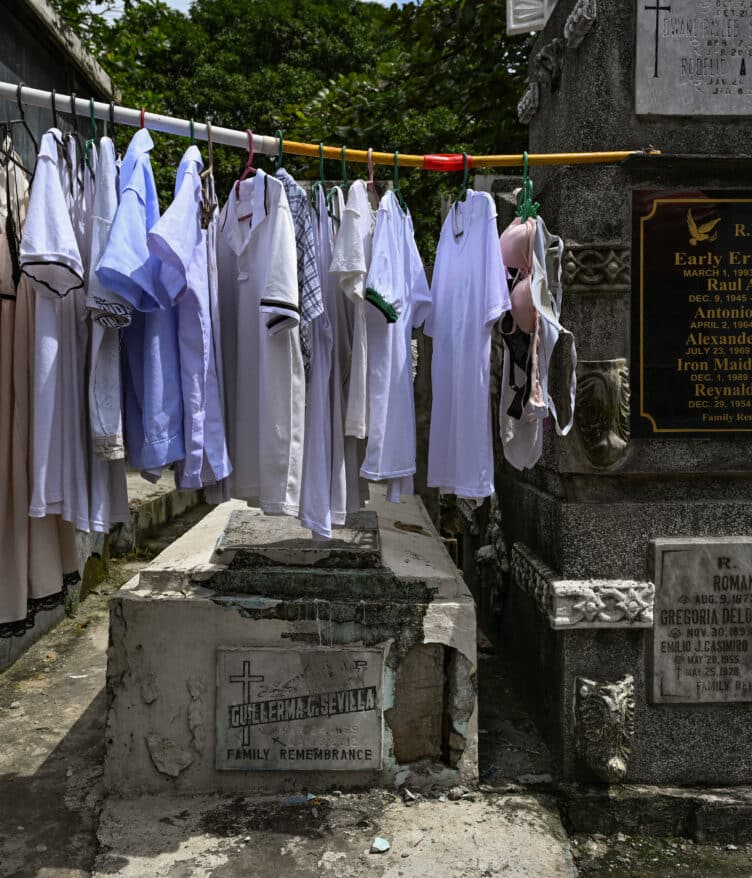WITH adulthood approaching the lives of Gen Zs, bills and other expenses are waving hello.
Having a job to attend to 5 to 6 times a week is never easy. And one of the painful things to swallow about adulthood is the fact that despite the work you put into your job, the wage that you’re earning will not be enough to keep up with the rising prices of daily commodities.
Due to the continuous rise in the inflation rate, food like canned and processed goods is starting to be unreachable within our wallet’s price range.
If you look around supermarkets nearby, a piece of corned beef can already be expensive, with its starting price costing around 17 to 40 pesos for each can.
The national wage gap
In 2024, a report released by the economic think tank IBON Foundation revealed that minimum wages across 17 regions of the Philippines are still not enough to meet the needs of typical Filipino families.
According to the data shown by IBON, the national average daily minimum wage in March 2024 stood at P440, while the family living wage, as computed using the National Wages and Productivity Commission’s (NWPC), averaged at P1,207.
Discovery on the said computation shows a national wage gap of P762.
In 2024, the NCR daily minimum wage stands at P610. However, this is still enough to cover the said wage due to the increase in the living wage that was seen, rising from P1,160 in April 2023 to P1,197.
While this national wage gap mostly affects families, the same thing can still be said to individual employees due to the price hike in daily commodities such as food, water, energy, and shelter.
P50 peso price hike
Metro Manila’s minimum wage comes around the price of 645 pesos (per day) for non-agricultural workers and 605 pesos for agricultural workers.
On June 30, 2025, the Department of Labor and Employment (DOLE) grants a P50 hike on Filipino workers’ minimum wage.
The minimum wage was approved by the NCR Regional Tripartite Wages and Productivity Board (RTWPB) through wage order No. 26.
By granting minimum wage workers a 50-peso increase on their daily work, the minimum wage rate in NCR now climbs to 695 pesos for the non-agriculture sector, while the price for the agriculture sector, retail establishments (employing 15 or less), and manufacturing establishments with less than 10 regular employees now climbs to 658 pesos.
This implementation will take effect on July 18, 2025, a day after the anniversary of the last minimum wage increase in NCR, which took effect on July 17, 2024.
In a press release by DOLE, they stated that as per the National Wages and Productivity Commission (NWPC), the amount of increase is equivalent to an increase of 1,100 pesos per month for a five-day workweek and 1,300 pesos for a six-day workweek.
“Under the new rate, non-agriculture workers will have a monthly take-home pay of about 15,247 to 18,216 for a five-day and six-day workweek, respectively, inclusive of mandatory social welfare benefits such as 13th month pay, service incentive leave, SSS, PhilHealth, and Pag-IBIG,” DOLE wrote.
RA asks Gen-Zs: Are you earning enough?
As a new generation reached the level of adulthood, republicasia reached out to working Gen-Zs to ask their thoughts on how much the minimum wage should be.
21-year-old Heart Sierra worked as a crew member for a fast food chain for 6 months. According to her, the reason why she applied for this job is to save money for herself and to also fund her other expenses in school and for her daily needs.
When asked if her earnings were enough to cover her expenses, she stated that they weren’t.
“My salary in one day is just as much as my fare from Rizal to Manila. It’s not enough for me, hence the resignation,” she added.
For 21-year-old working student Margarette Santos, she is not earning enough at the moment, as the job she’s taking is primarily aimed to gain experience in the field of journalism.
She is currently working as a contributor-writer for GoodNewsPilipinas where she writes articles and joins coverage.
“I also experience managing marketing at specific coverage that we have to attract our dear readers and customers,” she added.
Adrian Ace Tayaga first started working at the age of 19 as a barista for Taho Klasiko, sustaining his 13-hour shift while keeping up with his studies as a dentistry student.
When the modality of his classes is conducted online, he would work on his job onsite, and whenever he had his classes onsite, he would go straight to his work after his classes ended for the day.
“My first job was really exhausting because I worked there 13 hours, and I don’t know how I managed to do some job work and school work at the same time,” he shared.
“So every day I divide my time. When there are no customers, I study and review. Also, when I have face-to-face classes, I go to school, and after class, I go back to work.”
Tayag added that his boss isn’t that strict when it comes to studying on the job; therefore, he finds himself able to balance everything all at once.
He worked as a barista for Taho Klasiko for two years and just resigned last month.
Tayag now works as a dental assistant, a job he started in June.
When asked if he’s earning enough, he stated that his earnings aren’t enough to sustain everything, especially when larger expenses are involved.
“I know the income would probably be limited, especially if I’m working part-time or in an entry-level job,” he said.
“As a student, jobs aren’t high-paying, so while I might be able to cover basic expenses like food, transport, and other school materials, it’s unlikely that my earnings would fully sustain everything, especially tuition fees and other larger expenses involved,” he added.
Ideal minimum wage
For Heart Sierra, the minimum wage should be at least 1,000 pesos daily, just enough to feed a household and buy necessities.
“It is important to consider the cost of living since that is one of the reasons why the current minimum wage is insufficient for a family to save the amount of money they need to pay their bills.” She said.
She also stated that we must also take into consideration the cost of living, especially that the price of goods and services is increasing.
“Some families are incapable of catering to their needs, and giving their children the right to education is a financial problem, and it’s rooted in the lack of job opportunities because some jobs demand a degree. It’s a domino effect that the government should shed light on.” she added.
For Margarette Santos, when the monthly salary ranges between 25,000 to 31,000 pesos, she thinks it can be utilized for more than just bills and other important necessities.
For Ian Tayag he stated that if he had to make a call on what the minimum wage should be to sustain a person’s everyday needs, it would depend on the actual cost of living in a given area.
“This includes housing, food, healthcare, transportation, and other essential services,” He added.
“To make it work, I’d probably have to budget carefully. I’d track all my expenses and cut back on things like dining out or entertainment. It could mean I’d have to live more frugally, making sure that every penny I earn is spent wisely.”
Basing on the salary that he’s getting from his job as a dental assistant, if he were to give an amount on how much the minimum wage should be, it will be P810.
“Pero possible kasi kapag P810 na ang minimum wage, expect na mas tataas ang mga daily expenses talaga.”
How useful was this post?
Click on a star to rate it!
Average rating 5 / 5. Vote count: 2
No votes so far! Be the first to rate this post.
We are sorry that this post was not useful for you!
Let us improve this post!
Tell us how we can improve this post?








